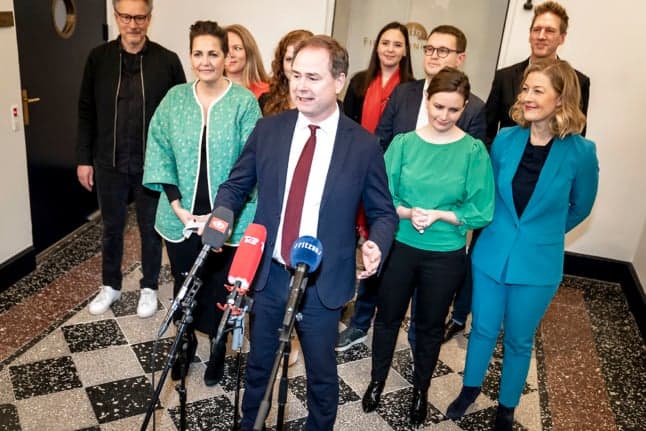Denmark finalises 2022 budget agreement

A one-off investment in the health service, free dental services for young people and the end of a tax subsidy for home improvement are among prominent details of Denmark’s 2022 budget.
Denmark’s 2022 budget agreement was presented on Monday morning after a short delay on finalising next year’s finance law.
The government, along with its left wing allies Red Green Alliance, Social Liberals and Socialist People’s Party; and minor parties Alternative and the Christian Democrats, presented the budget on Monday.
“We are protecting our welfare. Money has been set aside for our schools, children and elderly,” Finance Minister Nicolai Wammen said according to broadcaster DR.
Young people aged 18-21 years will receive free dental care under the new budget, while a popular tax subsidy for home improvements, the håndværkerfradrag, is to be scrapped.
Red Green Alliance (Enhedslisten) lead political spokesperson Mai Villadsen called free dental care for young people “a strong right of welfare”.
Sofie Carsten Nielsen, leader of the Social Liberals, said “we are dropping the building subsidy that has ignited the already overheated housing and construction market”.
Meanwhile, a limit is to be set on the number of children per class in grades 0-2 at state elementary schools.
No more than 26 children will be allowed in a class.
Following weekend negotiations, the parties behind the deal earlier revealed that it would include a significant one-off investment in the public health service, which has come under increasing strain due to factors including the Covid-19 pandemic and industrial disputes, notably between nurses and the government.
The deal means a billion kroner has been set aside for additional spending in extraordinary circumstances, and will be used to retain health sector staff and boost hospital capacity.
The money is to be distributed to the regional authorities who can decide how to spend it, DR writes. As such, it is currently unclear how the spending will resolve issues such as treatment backlogs and staff shortages.
In the budget, the parties also pledge to double energy production from wind farms by 2030, compared to current levels.
Parliament usually votes through the next year’s budget in December, but proposals are normally tabled in early autumn – the original proposal for 2022 was presented at the end of August.
This is because Denmark is ruled by minority governments or coalitions, which must seek and negotiate support from other parties to pass laws.
Comments
See Also
Denmark’s 2022 budget agreement was presented on Monday morning after a short delay on finalising next year’s finance law.
The government, along with its left wing allies Red Green Alliance, Social Liberals and Socialist People’s Party; and minor parties Alternative and the Christian Democrats, presented the budget on Monday.
“We are protecting our welfare. Money has been set aside for our schools, children and elderly,” Finance Minister Nicolai Wammen said according to broadcaster DR.
Young people aged 18-21 years will receive free dental care under the new budget, while a popular tax subsidy for home improvements, the håndværkerfradrag, is to be scrapped.
Red Green Alliance (Enhedslisten) lead political spokesperson Mai Villadsen called free dental care for young people “a strong right of welfare”.
Sofie Carsten Nielsen, leader of the Social Liberals, said “we are dropping the building subsidy that has ignited the already overheated housing and construction market”.
Meanwhile, a limit is to be set on the number of children per class in grades 0-2 at state elementary schools.
No more than 26 children will be allowed in a class.
Following weekend negotiations, the parties behind the deal earlier revealed that it would include a significant one-off investment in the public health service, which has come under increasing strain due to factors including the Covid-19 pandemic and industrial disputes, notably between nurses and the government.
The deal means a billion kroner has been set aside for additional spending in extraordinary circumstances, and will be used to retain health sector staff and boost hospital capacity.
The money is to be distributed to the regional authorities who can decide how to spend it, DR writes. As such, it is currently unclear how the spending will resolve issues such as treatment backlogs and staff shortages.
In the budget, the parties also pledge to double energy production from wind farms by 2030, compared to current levels.
Parliament usually votes through the next year’s budget in December, but proposals are normally tabled in early autumn – the original proposal for 2022 was presented at the end of August.
This is because Denmark is ruled by minority governments or coalitions, which must seek and negotiate support from other parties to pass laws.
Join the conversation in our comments section below. Share your own views and experience and if you have a question or suggestion for our journalists then email us at [email protected].
Please keep comments civil, constructive and on topic – and make sure to read our terms of use before getting involved.
Please log in here to leave a comment.